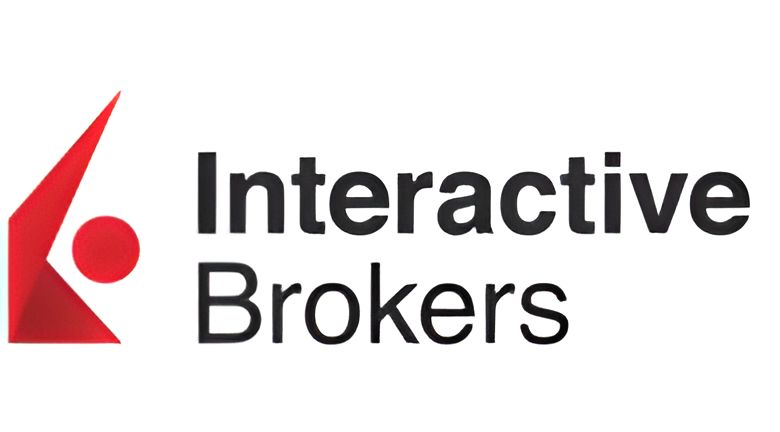
- Trade stocks, options, ETFs, mutual funds, alternative asset funds
- $0 commission on stocks, ETFs and options with no options contract fees
- Get up to $1,000 in stock when you open and fund a new account within 30 days
- Access to a financial planner
Investing in dividend stocks can be a solid investment strategy. These stocks not only allow shareholders to profit from a potential rise in the stock’s share price but also provide a relatively low-risk source of investment income.



Dividend stocks are stocks from publicly traded companies that regularly share profits with their shareholders. These shared profits are called dividends. Dividend stocks typically come from well-established companies that are in a financial position to distribute a portion of their retained earnings to shareholders instead of reinvesting everything back into the business.
Dividend payments are typically paid per share and in cash every quarter. However, a company may also pay dividends in additional shares rather than cash — or monthly instead of quarterly.
A company may pay a dividend simply to reward investors and entice shareholders to stick around. Many dividend stocks are from under-the-radar companies or may be household names but not popular, high-flying stocks that draw the attention of the masses. Paying a dividend allows these companies to demonstrate value and give back to shareholders, in addition to any gains they may see in the price of their shares.
Dividend stocks actually play an important role in the market’s overall return. Since 1960, 84% of the S&P 500’s total return can be attributed to reinvested dividends. They’re also less volatile year-to-year compared to non-dividend paying stocks and outperform them over time too. Proponents see dividends as a sign of strength and financial stability.
There are two main ways to invest in dividend stocks: by purchasing individual dividend stocks or through dividend funds — such as exchange-traded funds (ETFs) or mutual funds.
The most direct way to invest in dividend stocks is to buy the stocks themselves. Compared to an ETF or mutual fund, this gives you direct ownership in the company, which has its benefits and drawbacks as well.
Owning individual dividend stocks gives investors the potential for higher returns than an ETF or mutual fund, where you receive the weighted average performance of the fund’s holdings. When investing in individual dividend stocks, you also have voting rights and don’t have to worry about management fees.
But buying individual stocks comes with increased risk, as it’s harder to achieve the same level of diversification than buying an ETF or mutual fund, especially the less money you have to invest.
Dividend ETFs or mutual funds are designed to invest in a basket of dividend-paying stocks. While you won’t own the underlying company shares in the fund — you own the ETF shares — you can still enjoy regular dividend payments that are passed along from each company within the fund, as well as any appreciation in the fund’s value itself.
Dividend funds are a great way to diversify your portfolio since they invest in a broad range of stocks. Some funds may only hold dividend-paying stocks of specific sectors or industries, while others may focus on stocks of companies characterized solely by high dividend yields.
But they sometimes have ongoing management fees that eat into the net yield of any dividend you receive. That said, there are plenty of low-cost funds out there, so just take the time to shop around.
The dividend amount may be the first thing you look for when choosing a dividend stock, but it’s not the only thing you should consider.
If you’re investing in dividend stocks through an ETF or mutual, take particular account of the fund’s expense ratio. This is the cost of owning an ETF or mutual fund and includes management and administrative fees. The lower the cost of owning a dividend fund, the higher the net yield of the dividend payment.

These are the stocks to buy when you don’t have much to spend.
Read more…
Here’s what happens to your securities if your brokerage fails, and how your assets are protected by SIPC and FDIC.
Read more…
Treasury Bills are fixed-income assets with maturities of less than one year. Here’s what to know before investing.
Read more…Paid non-client promotion. Finder does not invest money with providers on this page. If a brand is a referral partner, we're paid when you click or tap through to, open an account with or provide your contact information to the provider. Partnerships are not a recommendation for you to invest with any one company. Learn more about how we make money.
Finder is not an advisor or brokerage service. Information on this page is for educational purposes only and not a recommendation to invest with any one company, trade specific stocks or fund specific investments. All editorial opinions are our own.
Our picks of the best brokerage accounts for index funds for beginners, teens, proprietary funds and more.
Looking to invest in AI stocks? Here are some of the best artificial intelligence stocks available, along with tips to better understand AI investments.
These are the stocks to buy when you don’t have much to spend.
Explore the best bonuses for opening a new brokerage account.
These are the best discount brokers of 2025 according to Finder’s comprehensive review.
We’ve rounded up stats on some of the most popular graphene stocks, along with information on how they compare and how to invest.
We’ve rounded up stats on some of the most popular oil stocks, along with information on how they compare and how to invest.
A beginner-friendly investing platform with fractional shares and no commissions on stocks and ETFs.
Compare pros, cons, research tools and reviews for these two trading platforms.
See our picks of the best brokerage accounts, including Fidelity, SoFi, Charles Schwab, Public, Robinhood and E*TRADE .